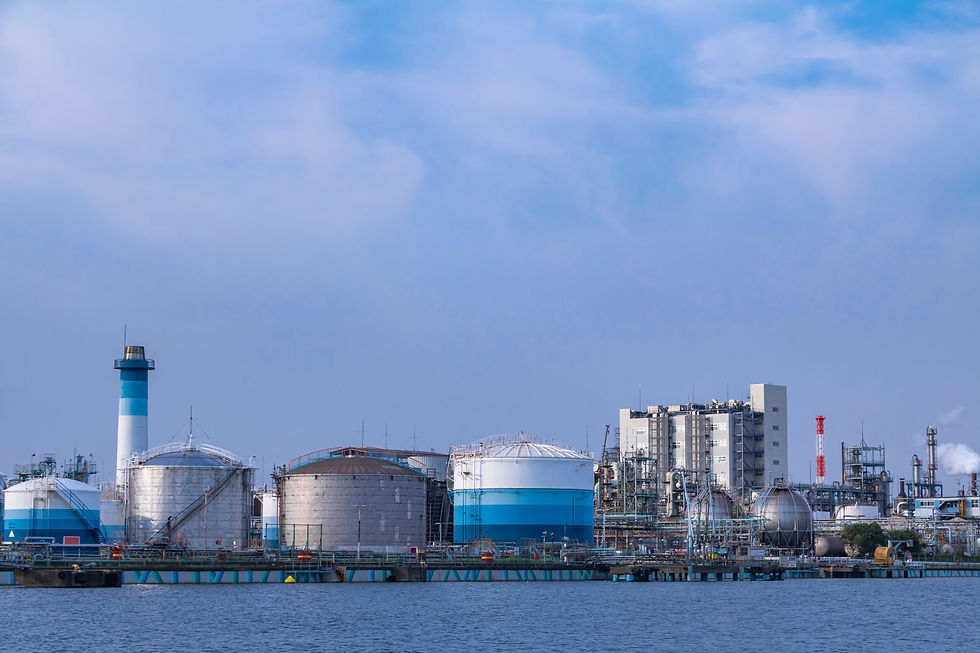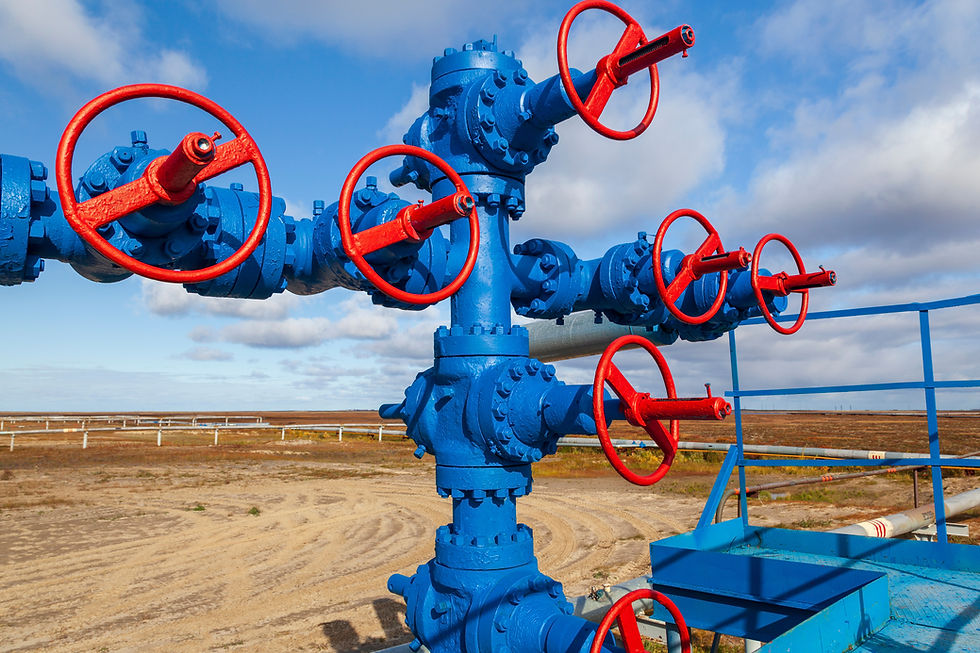What are Natural Gas Hydrates?
- CEPM Staff
- Oct 2, 2020
- 2 min read

The most abundant source of natural gas is not located in shale formations, but rather, in the depth of our oceans. Natural gas hydrates have the potential to power the United States’ increasing demand for electricity in the future if methods of harvesting them are created.
Natural gas is now the most common fuel for electricity generation in the United States energy mix. Lauded as more environmentally friendly than other fossil fuels such as coal, and widely abundant in multiple regions of the country, natural gas has grown to generate 35.1 percent of all electricity in the US. While abundant in the shale basins across the US, those reserves pale in comparison to natural gas hydrates.
Natural gas hydrates are essentially crystalized methane found over a thousand feet below the surface of the ocean. When methane escapes from the ocean floor, the freezing temperatures of the water chemically alters the gas, surrounding it with water molecules and chilling it into an ice-like substance. Though it may look like ice, the similarities end there. Unlike ice, natural gas hydrates are extremely flammable as they are rich in densely compacted methane. In fact, natural gas hydrates contain so much methane that 1 percent of the global supply would have the ability to fuel the US electricity demand for 170,000 years.
Unfortunately, reliable extraction methods have not been developed, leaving these hydrates as an untapped resource. There are several limitations to extraction that are hindering research and development efforts. First, natural gas hydrates are extremely volatile.
Extraction efforts not only have to consider the flammability of hydrates, but also allay any potential dangers caused by the decompression of the gas when removed from the highly pressurized ocean floor. The dangers of decompression and gas expansion have already proved deadly. The infamous Deepwater Horizon accident in the Gulf of Mexico was caused by methane that had escaped hydrate formations and exploded when it expanded in a drill used for extracting oil, killing 11 rig workers.
Escaped methane from hydrate formations poses an environmental issue as well. A greenhouse gas 30 times stronger than carbon dioxide, methane released into the atmosphere causes considerable environmental damage. While a cleaner option when burned for energy generation, any substantial leaks during the extraction of methane hydrates could cause more damage to the atmosphere than other less-green options. For these reasons, natural gas hydrates remain untapped.



Comments